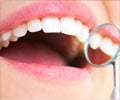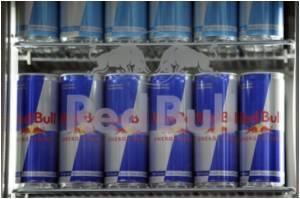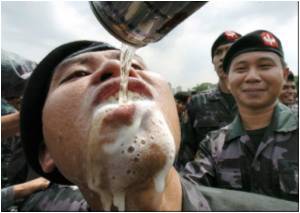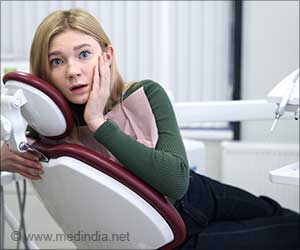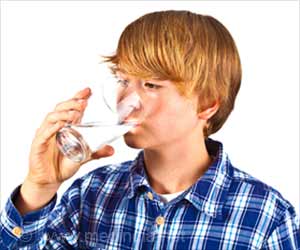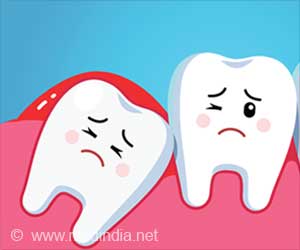Consumption of sports and energy drinks cause irreversible damage to teeth, say researchers.

"Young adults consume these drinks assuming that they will improve their sports performance and energy levels and that they are 'better' for them than soda," said Poonam Jain, BDS, MS, MPH, lead author of the study.
"Most of these patients are shocked to learn that these drinks are essentially bathing their teeth with acid," she noted.
Researchers examined the acidity levels in 13 sports drinks and nine energy drinks. They found that the acidity levels could vary between brands of beverages and flavours of the same brand.
To test the effect of the acidity levels, the researchers immersed samples of human tooth enamel in each beverage for 15 minutes, followed by immersion in artificial saliva for two hours. This cycle was repeated four times a day for five days, and the samples were stored in fresh artificial saliva at all other times.
"This type of testing simulates the same exposure that a large proportion of American teens and young adults are subjecting their teeth to on a regular basis when they drink one of these beverages every few hours," said Dr. Jain.
Advertisement
Damage caused to tooth enamel is irreversible, and without the protection of enamel, teeth become overly sensitive, prone to cavities, and more likely to decay.
Advertisement
Dr. Bone recommends that her patients minimize their intake of sports and energy drinks. She also advises them to chew sugar-free gum or rinse the mouth with water following consumption of the drinks.
"Both tactics increase saliva flow, which naturally helps to return the acidity levels in the mouth to normal," she stated.
Also, patients should wait at least an hour to brush their teeth after consuming sports and energy drinks. Otherwise, said Dr. Bone, they will be spreading acid onto the tooth surfaces, increasing the erosive action.
The study was published in the May/June 2012 issue of General Dentistry, the peer-reviewed clinical journal of the Academy of General Dentistry.
Source-ANI


